
7 minute read
BLACK DIAMOND USES EVERY ONSITE RESOURCE IN THE ROUGH
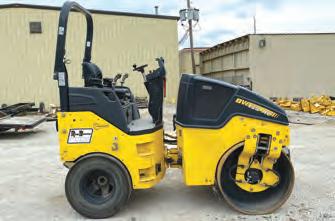
#92948 | 2017 BOMAG BW138AC-5, 1200 HOURS ..........................................$39,500 #93128 | 2008 KOMATSU PC45MR-3, 5,194 HOURS ..........................................$29,500 #52188 | 2017 KOMATSU PC55MR-5, 1,388 HOURS ..........................................$65,500 #3673 | 2018 BOMAG BW161AD-5, 530 HOURS ............................................$89,500
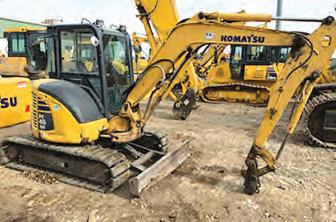
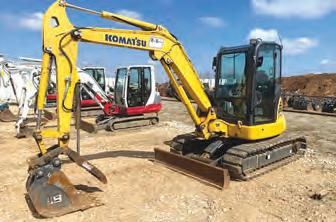
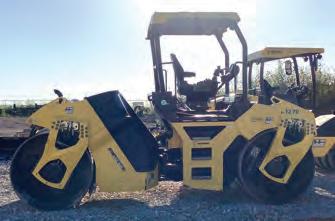
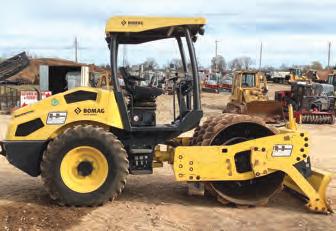
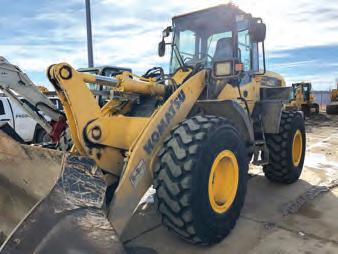
#3626 | 2015 BOMAG BW177PDH-5, 975 HOURS ............................................$72,500 #3543 | 2011 BOMAG BW190AD-4HF, 2,750 HOURS ........................................$69,500 #93130 | 2016 KOMATSU D39PX-24, 3800 HOURS............................................$92,500 #93129 | 2014 KOMATSU WA320-7, 3RD VALVE | 9000 HOURS ......................$84,500
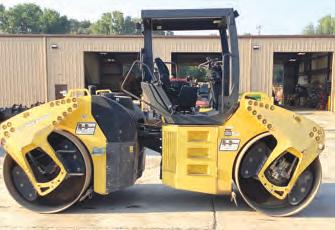
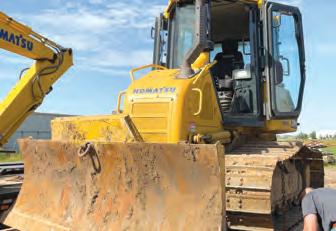
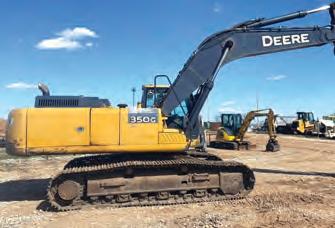
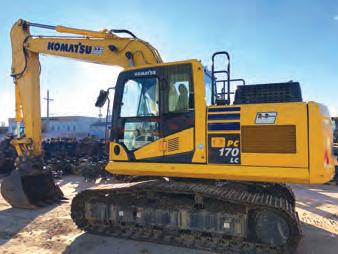
#93134 | 2014 JOHN DEERE 350G, 8303 HOURS............................................$84,500 #52386 | 2019 KOMATSU PC170LC-11, 2650 HOURS..........................................$169,500 #92926 | 2013 KOMATSU PC490LC-10, 8750 HOURS | AUX HYD | QC ................$99,000 #83432 | 2019 KOMATSU PC240LC-11, COMBO HYDRAULICS, QC ........................$CALL
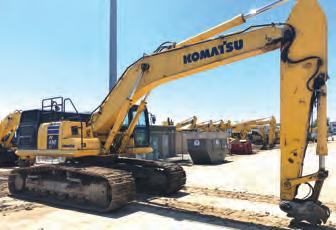
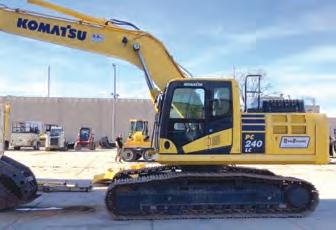
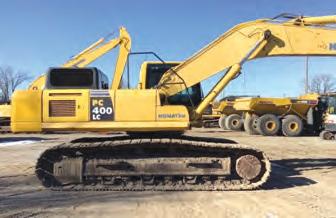
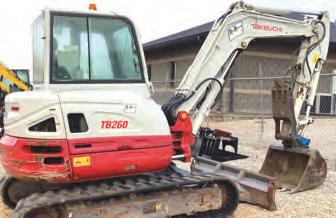
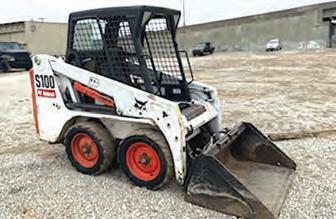
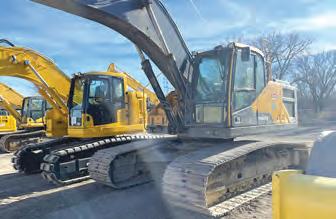
Founded in 2017 by father-and-son team Robert Timberman and Robert Timberman Jr., Black Diamond General Contractors is a full-service earth work and site work company based in the Charleston Peninsula of South Carolina. They do a bit of everything — from groundwork, infrastructure work, water, sewer city work, city repairs — they even have a vertical construction division.
“We do a lot of public utilities, site development, and we do some vertical construction, mostly in residential. We do commercial as well,” said Timberman Jr. “Essentially, what we are is a one-stop shop. We’ll get a site that’s completely wooded. We’ll clear it, develop it, install the stormwater, water mains, sewer mains, and the public utilities and hand over a finished product ready for vertical construction.”
The Timbermans explained that one of the keys to success when developing a site from the ground up, is the ability to use as many onsite resources as possible.
“The thing we’re probably most known for is the ability to go onto a site and use every resource of the site,” Timberman Sr. said. “From the topsoil screening, the roots of the trees, recycling for mulch and those type of things that are created along the way…”
Black Diamond currently is working on a 26-acre site that will be the location of more than 300 multi-family housing units. The lot, once their crews began initial clearing efforts, turned out to have an interesting history.
“When we moved on to it, it was wooded. It dated all the way back to the Civil War. And it was used, at that point in time as a sand mine, and also a lumber mill for railroad ties,” Timberman Sr. explained. “That continued all the way through the 1950s. And that’s why you see the settling ponds and some of the other areas in the background which we are filling.”
“When we got the site, we found a couple pieces of railroad iron from the early 1900s,” Timberman Jr. said. “This site was heavily timbered, and we had a lot of low areas that were holding water, not necessarily wetlands but just holding a lot of water with a clay bottom. So, a lot of our tracked equipment was having trouble getting through that. But the low ground pressure machines from Case really did the job in getting through there and getting us to where we can get to hard ground.
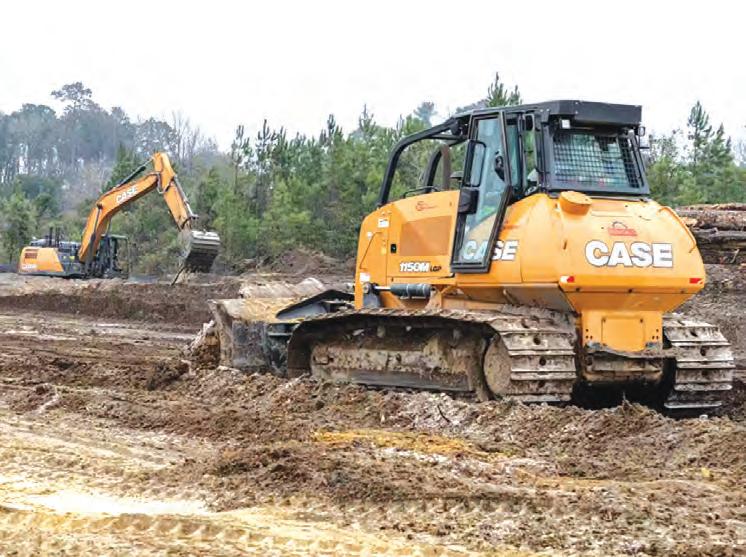
Growing Fleet
The Timbermans started Black Diamond with a single compact track loader — a Case TR340. Now, Black Diamond owns 17 Case machines, and many of them are currently working on this 26-acre site.
“We’ve got a 650M dozer, two 1150M dozers, one that has a Leica [machine control] system installed,” Timberman Jr. said. “We’ve got an SV212D roller. We’ve got a 921F wheel loader, a CX145D excavator, a CX300D excavator, CX350D excavator, a CX210D excavator, a TR340 CTL and its multitude of attachments, all running currently at this time.”
Timberman Sr. explained how the skid steer is one of the most critical machines on the site from the first day until it’s handed over.
“The very first job is done by the skid steer, small clearings,” he said. “And in the middle is usually the sweeper attachment, keeping the roadways clear. And then as we get to the end, the final dresses around the edges of the pads, sidewalks, curbs and all that, the skid steer is invaluable because of its lightweight and ability.”
“Actually, it’s critical,” he continued. “Because of the implements that go on the TR340, it’s limitless, from the start of the silt fence that you see on the perimeter of the project. Without that auger and the trencher, there’s no way we could get everything put in place.”
“It’s an extremely versatile machine, and it’s also one of our first machines we ever bought from Hills Machinery,” Timberman Jr. added. “And here we are, seven years later, and I can’t even tell you how many hours it’s got on it, but we’ve abused that machine quite a bit and it’s held up. So, I’m very happy with it.”
Black Diamond also is running a Case SV212D single drum vibratory roller. This machine plays an important role in keeping job sites operable during Charleston’s rainy season.
“The SV212D is probably one of the most important pieces on this job site, especially during the rainy season in South Carolina,” Timberman Jr. explained. “What that machine allows us to do is to seal the top coat. So once the bulldozers go through and they cut open the ground, well now it’s soft. So, if it gets water on it you get soil infiltration. So, the roller, having it on site, it allows us to seal the top of the ground so that when the rain hits, the water just kind of sheds and doesn’t take any material with it. And it also allows us to stabilize that soil so that we can run other equipment in here without making it a muddy mess.”
“Everyone always thinks of a roller in the terms of compacting the dirt,” Timberman Sr. added. “But the compactor also serves a secondary purpose, and that is it brings the water to the top. So, if we’ve had a week of rain or just like today it was a little bit of a rainy morning. To run that compactor, it will press that water to the top, compact the dirt underneath it and the wind and air will dry it out, which puts the job site back in action faster.”
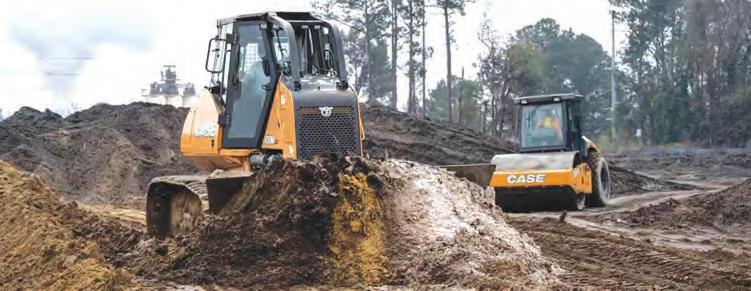
Black Diamond buys all of its Case equipment through Hills Machinery. All Case D Series excavators and M Series dozers come standard with Case ProCare — a three-year Case SiteWatch telematics subscription, a three-year/3,000-hour fullmachine factory warranty, and a three-year/2,000-hour planned maintenance contract.
After the rough grade, Black Diamond runs two Case 1150M dozers in tandem — one of which is equipped with a Leica machine control solution. Excavators Handle All
Phases of Site Development
Some of the busiest machines on the site are four Case excavators — a CX145D minimum swing, CX210D, CX300D and CX350D. The Timbermans appreciate the powerful, versatile and feature-rich machines.
“There are 16 retention ponds total on the project,” Timberman Sr. said. “That back dig has 81,000 cubic yards being removed from it. The CX350D is just invaluable when it comes to moving that amount of material.”
With the amount of grading necessary on an undeveloped site, at least one of the excavators is feeding a portable plant all day — separating roots, old bricks and other materials in order to produce usable topsoil that can be used onsite or sold locally. They also put the larger excavators to work when clearing timber. Timberman Sr. stands near a mountain of 60+ foot pine logs, having just finished a conversation with a local timber broker.
“On this project, there were some very, very large trees, so that’s why all our excavators always get a thumb. When we’re trying to take down some of these larger trees, [the CX350D] is about the only machine that’s going to handle those stumps.”
Case D Series excavators come standard with a wealth of standard features — Timberman Sr. goes on to explain why these features are so important to him.
“When we get our equipment, all of our equipment right down to Bluetooth, stereo systems, the cabs, the AC, everything. If your operator is comfortable, they’re going to complete their job much easier than if they’re stressed — like any other profession,” he said. “If you were sitting at a desk,










